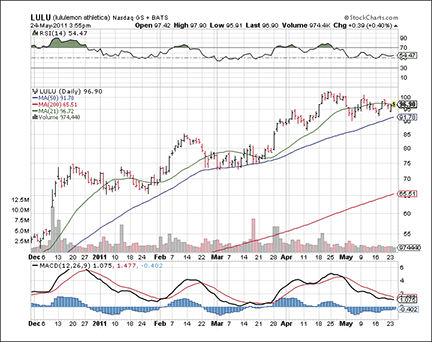TRADING TECHNIQUES
Profit Through Better Organization
Categorizing Stocks By Price And Volume Action
By analyzing certain strengths and weaknesses, you can get a better handle on how stocks trade.
Cause equals effect, therefore volume equals price. The concept seems simple enough in context. But trying to make headway of all the price movements of stocks can become a daunting task. One way to get a better grip on your watchlists and holdings is to categorize them based on simple price and volume action coupled with support and resistance areas. Stocks throughout market history have acted in similar ways due to the human element involved. Thus, a time-tested solution to get a better handle on how stocks trade is to analyze certain strength and weakness areas.
Moving averages
Many traders and technical analysts use simple moving averages, which smooth out a stock’s price over a specified period of time. These act as either support (during rising prices) or resistance (during declining prices). Two of the most common are the 50-day and 200-day moving average (MA) lines. Other short-term lines that are often used are the 21-day and 10-day lines. Since the 50-day and 200-day lines are so frequently used, action around those areas can prompt some traders to decipher possible future price action (though, of course, nothing is certain in the markets).
During bullish or uptrending markets, the 50-day MA line has historically acted as a support area for the best price performers. The shorter-term 21-day line has been a support area for the real stock price performers, as they seem to use that time frame (a month of trading activity) as a floor while prices keep rising. Just the opposite tends to occur in downtrending markets. The 50-day line can turn into resistance as a stock’s price keeps falling.
The 200-day MA line also has history on its side as far as repetitive behavior is concerned. Many times, when a stock breaks below the 200-day line and/or the 50-day line crosses under the 200-day line (forming what is referred to as a “black cross”), prices generally continue to decline, especially if the overall trend of the market is down. In addition, many of the best price leaders throughout history have used the 200-day line as a bottom as they go on to build constructive basing patterns.

Figure 1: BASE BUILDER/PULLBACK. In this daily chart of Lululemon Athletica (LULU), the stock is building a base. Because of that it is categorized as a base builder/pullback.